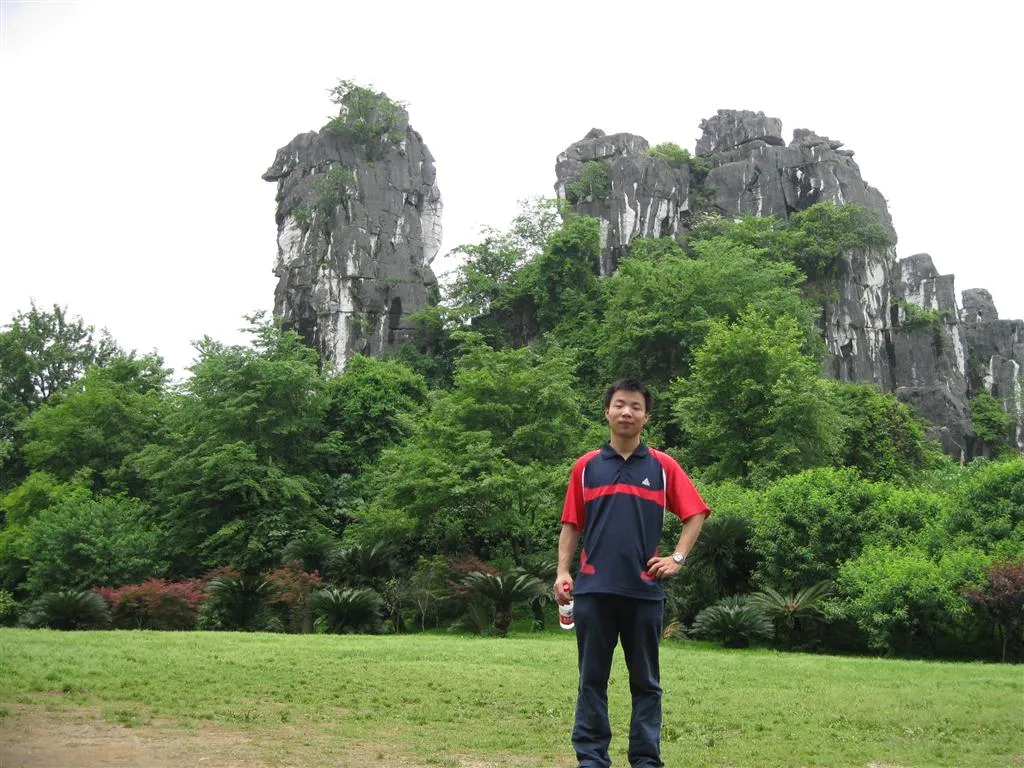Guilin's Scenery is the Finest Under Heaven, Its Jade-like Beauty and Verdant Charm are Worth Admiring

“The scenery of Guilin is the finest under heaven,” such fame, such an awe-inspiring description, has long been a dream for us humble citizens of this small country. These seven characters, inscribed on the stone tablet to the upper right of this humble one, when magnified, reveal the scene below, composed by the provincial scholar Zhang Ciliang.
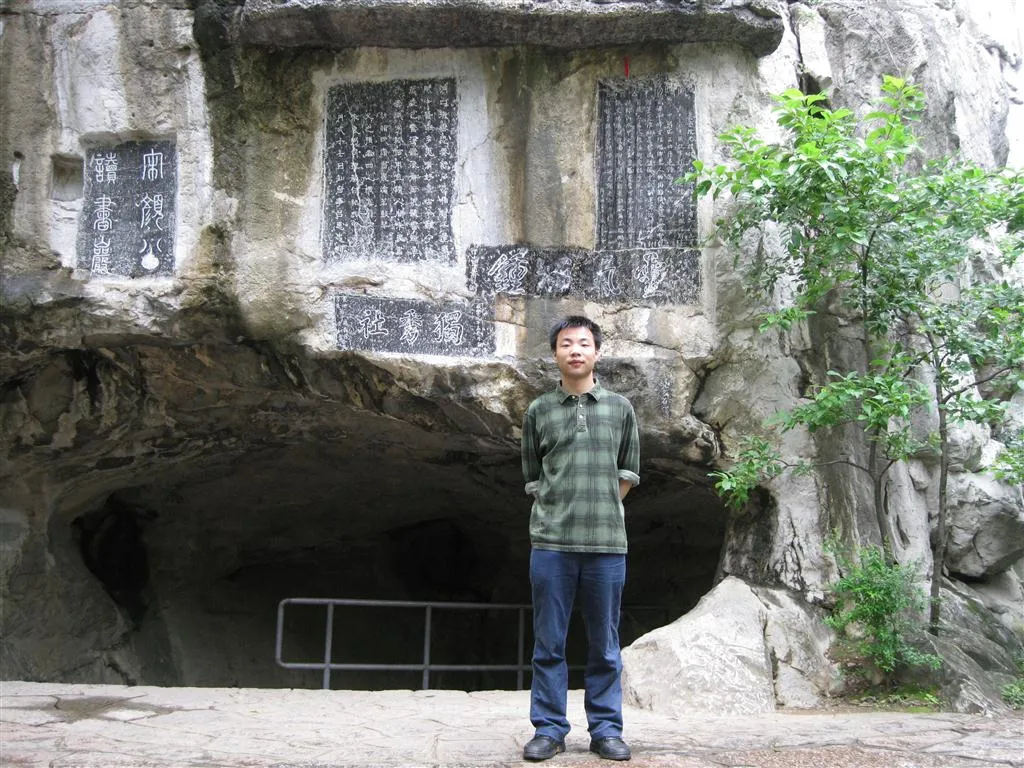
The stone carvings are undoubtedly one of Guilin’s great treasures. Here, there are carvings on Solitary Beauty Peak, as well as numerous ancient graffiti works in Dragon’s Hidden Cave and other places. Although many are hailed as national-level precious cultural relics, it’s still not good to recklessly chisel and hurt the stones.
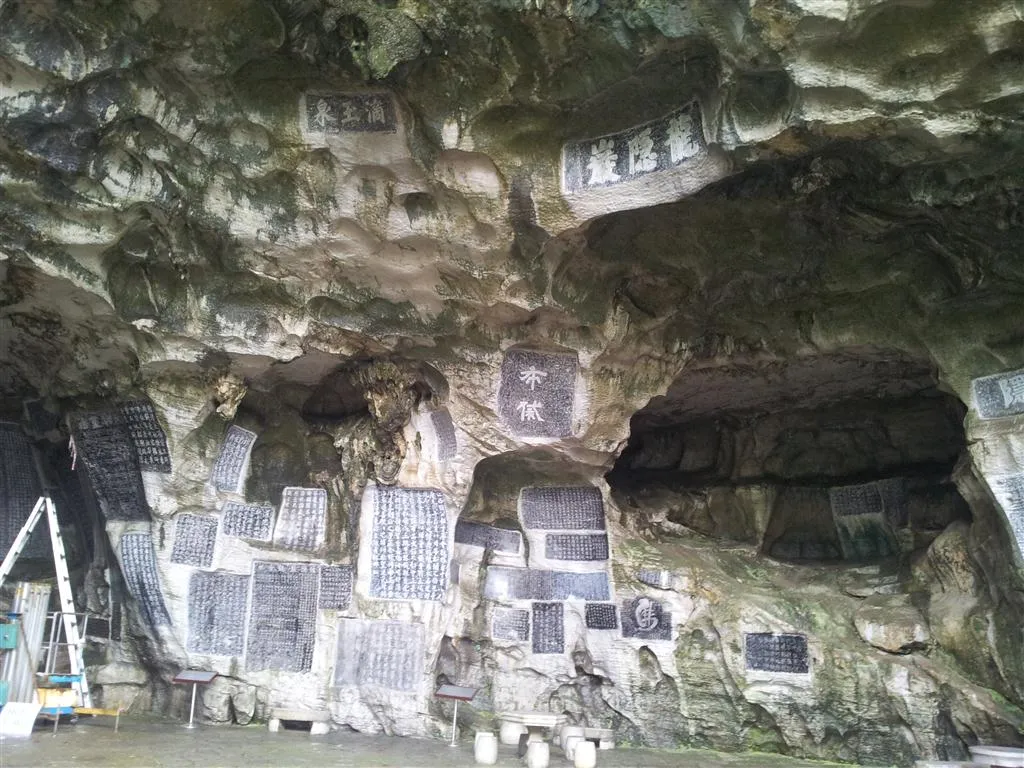
Speaking of stones, one must mention the stone mountains. Alright, Guilin’s scenery is the finest under heaven, and it is crowned by its mountains and waters. So, there must be some decent mountains and clean, odorless waters to show, right? But what are mountains? Mountains are just stones! Damn it, what a rip-off.

No intention to complain, stones are fine, but piled so high, calling them mountains isn’t too much. But to say that these stone mountains can surpass all other famous mountains and great ranges in China, it feels somewhat blasphemous.
After the stones, there’s the water. The Li River, where I’ve shed a few liters of liquid waste (damn it, I later found out that Foshan’s tap water source is the river, which is downstream of the Li River), is also a collector of various sewage and wastewater pipes. It’s not particularly well-protected, but it’s just that there are no industrial enterprises upstream, so the pollution isn’t severe.

Originally, if the combination of mountains and water could reach the level shown in the picture above, I wouldn’t have much to say. But when I rushed all the way to Guilin and first laid eyes on the Li River, I was shocked to see this sight. The Japanese really didn’t do enough damage when they attacked Guilin back then, did they?
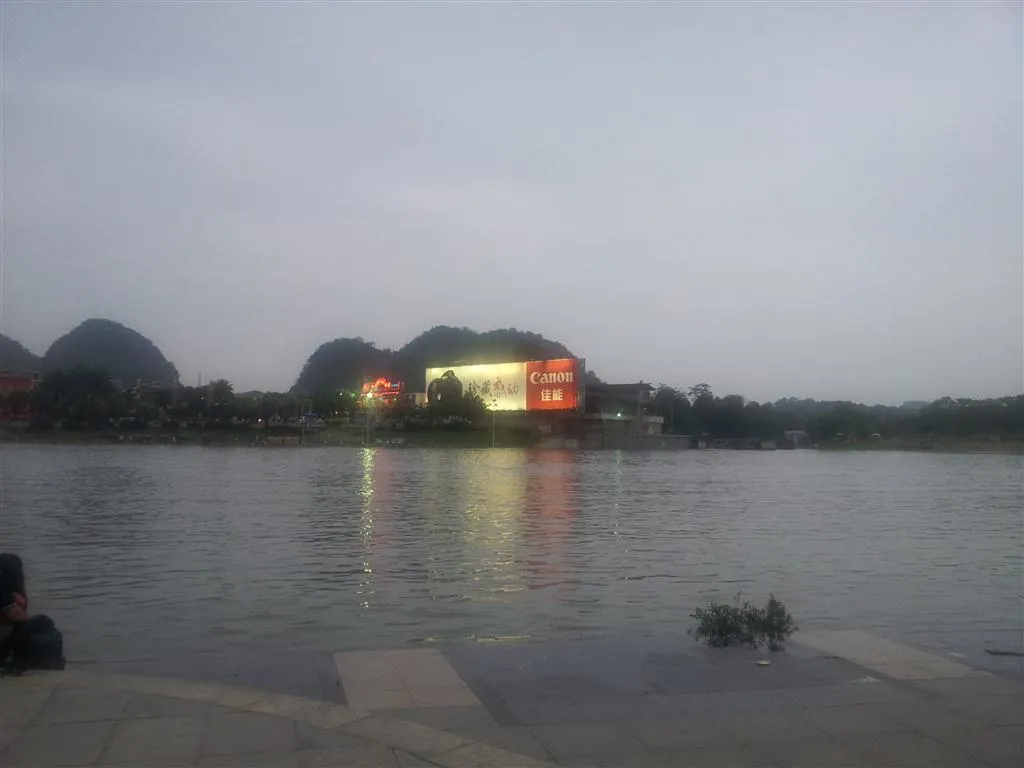
Speaking of the Japanese, we must mention these three: Kan Weiyong (Commander of the 131st Division), Chen Jihuan (Chief of Staff of the Guilin City Defense Command), and Lü Zhanmeng (Chief of Staff of the 31st Army). But it seems that saying more is of little use, as the monkeys accompanying them are a glimpse of the situation.
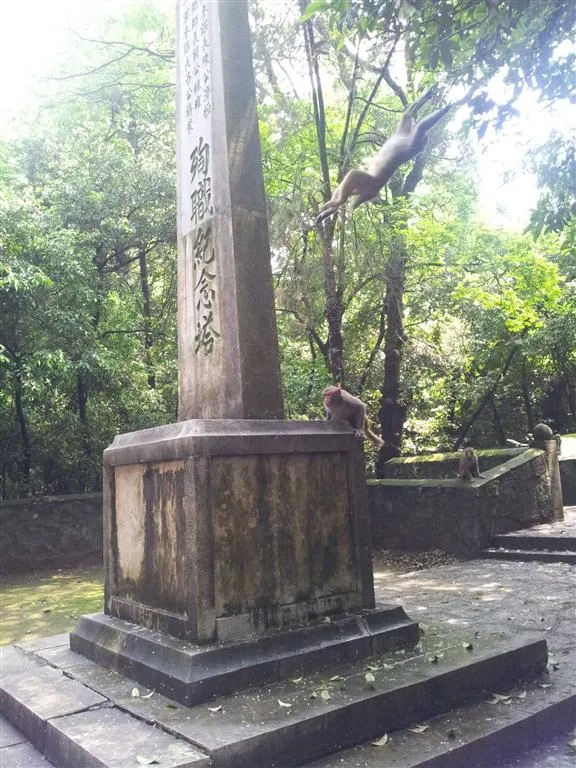
I don’t know what the concept of an AAAA-level scenic area really is, but I do know that even ordinary city parks are AAAA-level scenic areas, and their tickets are even more expensive than those for the walls in the capital. In the picture below, that small cluster of hills in the upper left corner, covering just a few acres, is also an AAAA-level scenic area. Damn it, how much money did the rating authorities take back then?
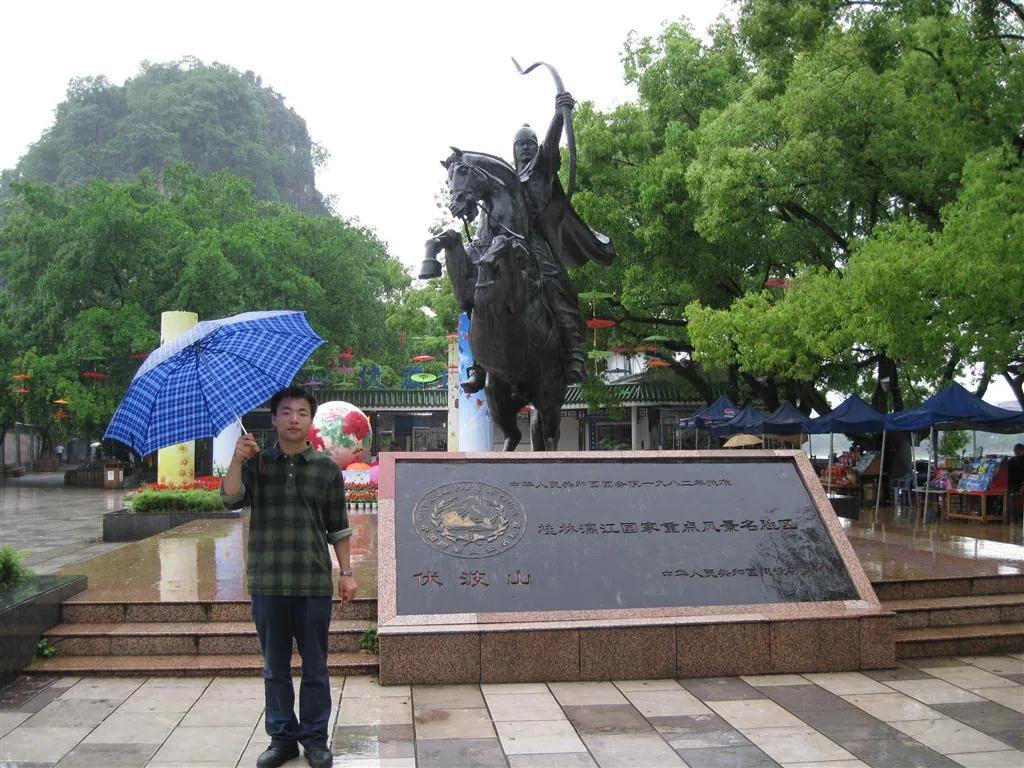
Alright, I admit my ignorance. It wasn’t until I went to Guilin that I realized Yangshuo is the most impressive part of Guilin. It’s said that Yangshuo’s scenery surpasses that of Guilin, what a misleading promotion. So, I hurriedly rushed to Yangshuo to see for myself. I didn’t have high expectations, but even that small bit of hope was fulfilled.
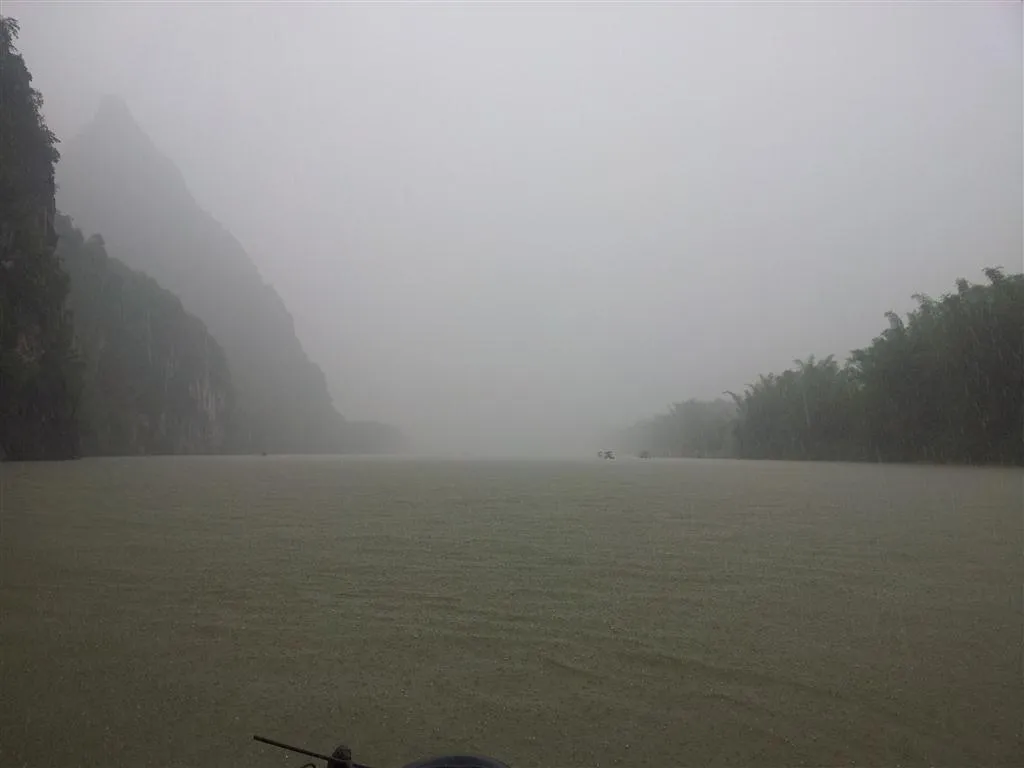
Speechless, I was treated to a grand spectacle of a rainstorm tour on the Li River. The boatman, calling it “Misty Rain on the Li River,” well, the Li River shrouded in heavy rain where nothing could be seen, I probably won’t get a chance to see it again in this lifetime.
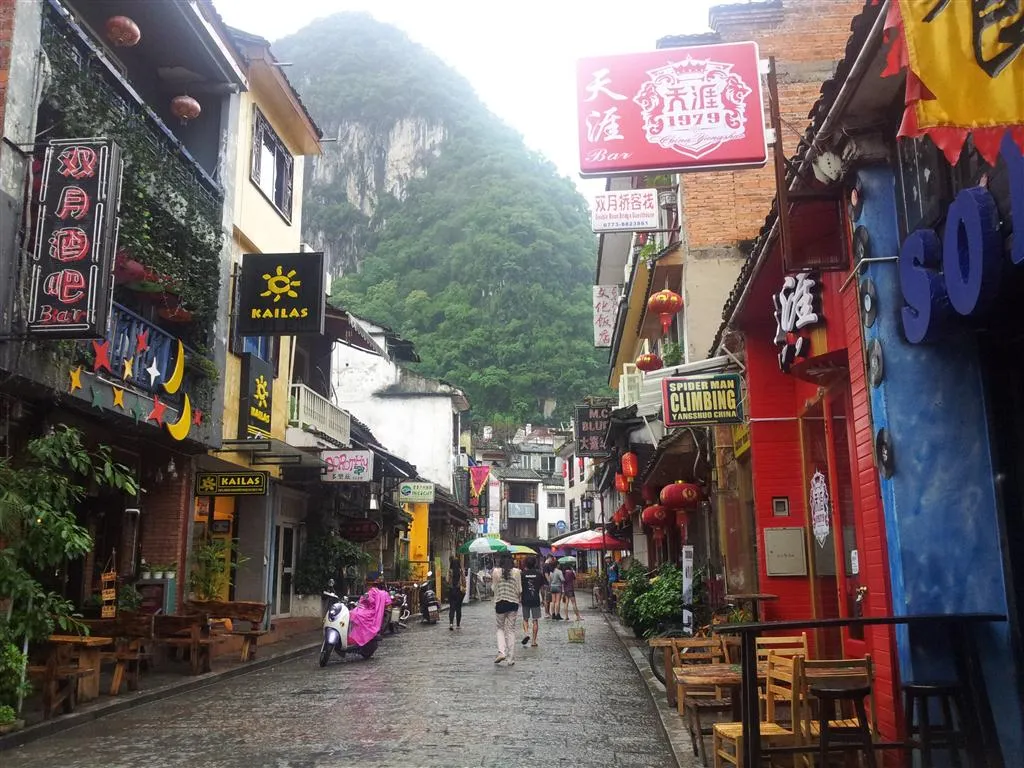
This is the most impressive West Street in Yangshuo. If you photoshop out the stones in the background and say this place is Fenghuang in western Hunan, probably no one would find it strange.
“The sun on the mountaintop is blinding, dazzling my titanium alloy dog eyes with 5.3 vision.”
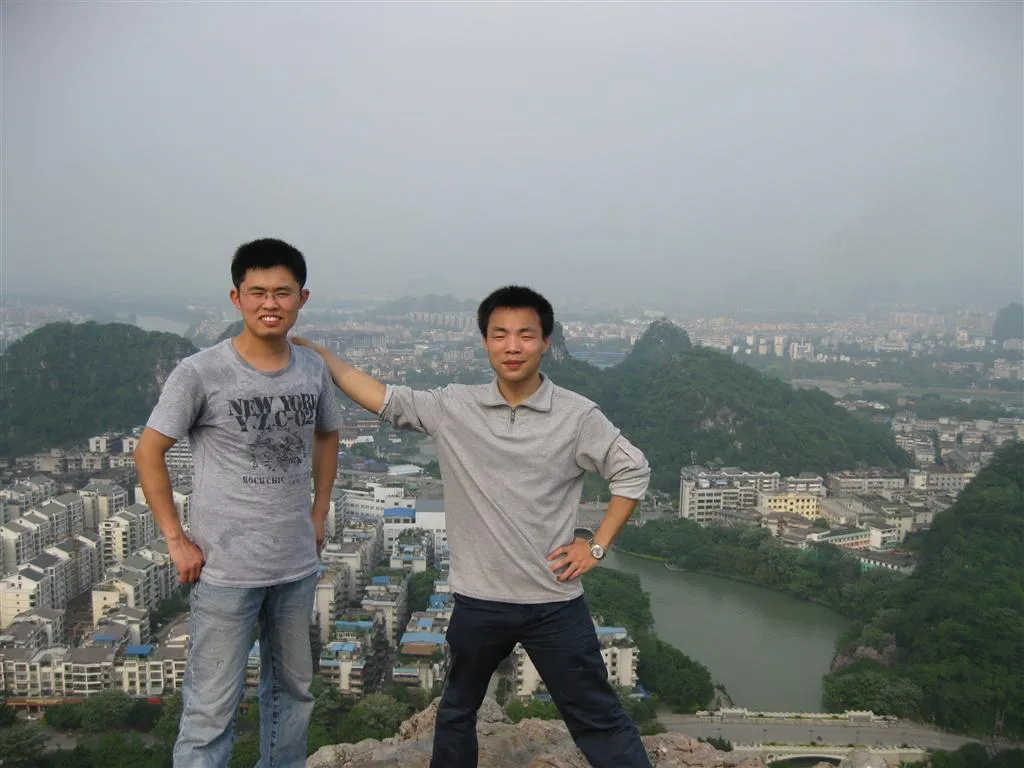
“A pair of good gay friends, the contrast between the dominant and submissive is obvious, both have big bellies.”
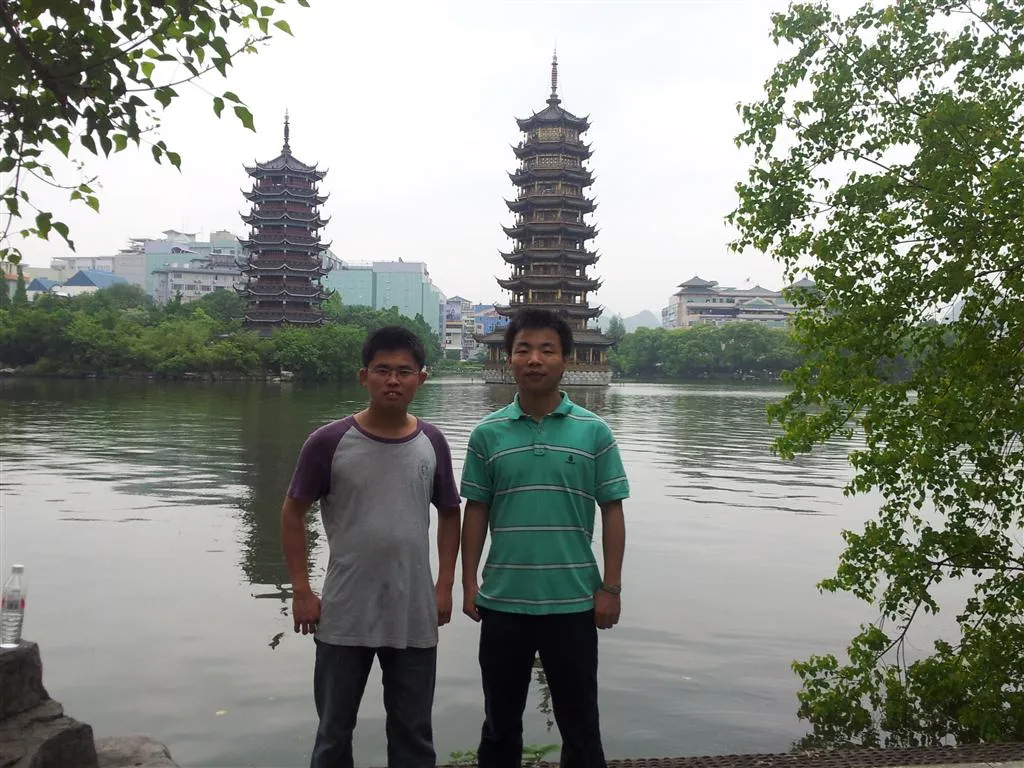
“213 youths have a lot of fun, who the hell said there’s a camel behind this?”
